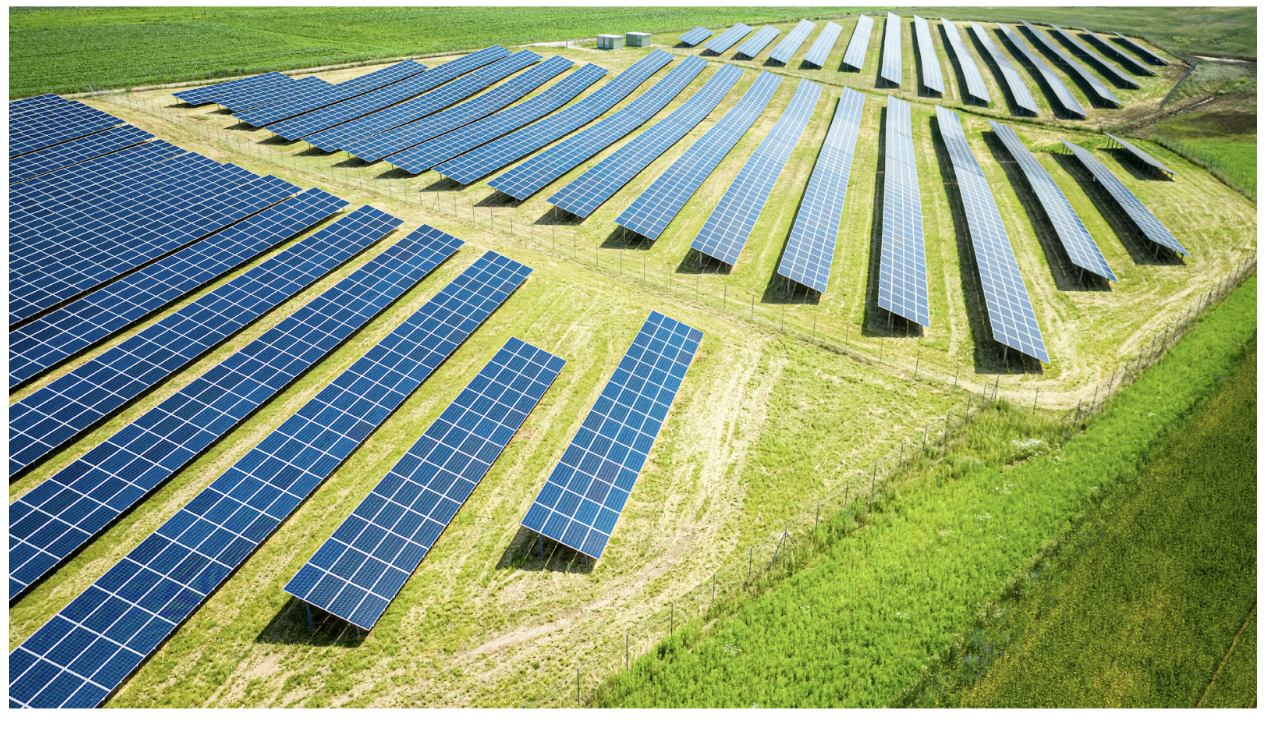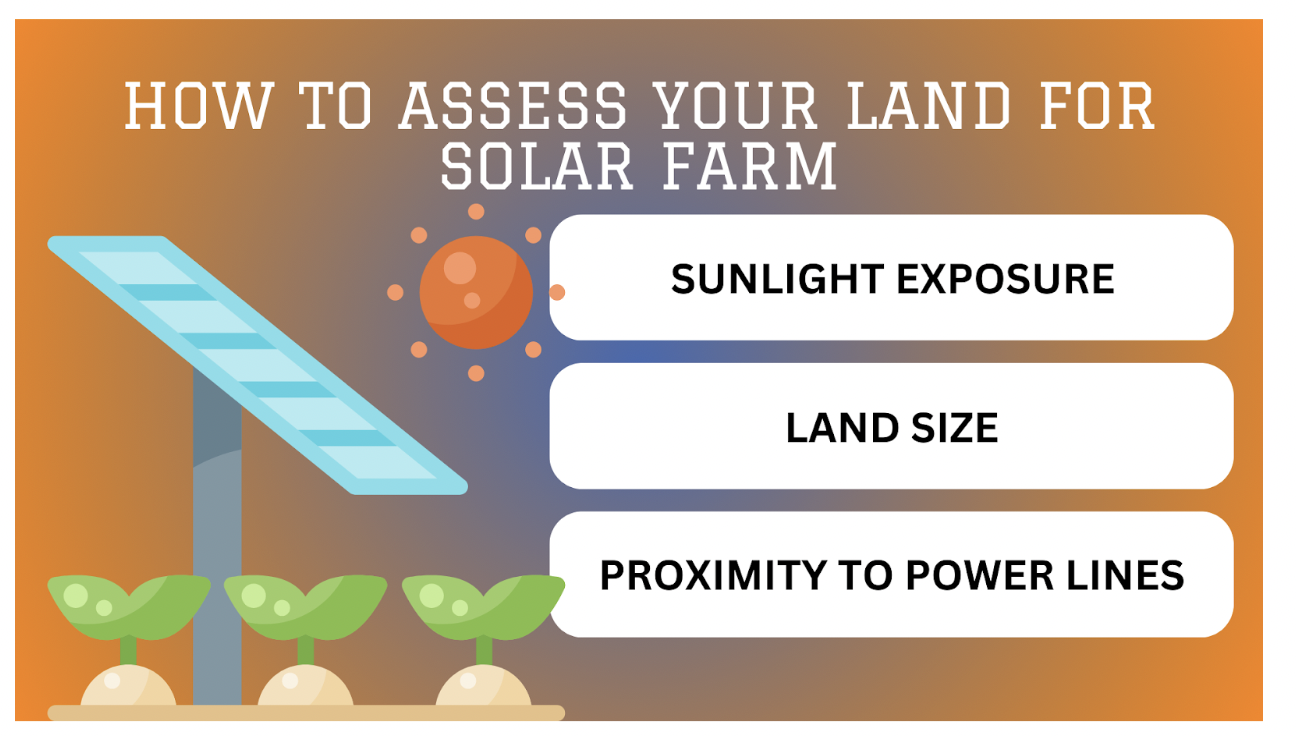Family-Friendly Steps to Getting a Solar Farm on Your Property

The idea of leasing out land for solar farms or renewable energy has been largely considered to be one of the greatest ways through which landholders can generate income passively while contributing to the environment.
This guide will walk you through family-friendly steps on how to get a solar farm on your land, thereby making the whole process understandable and manageable for each member of your family.
Understanding Solar Farms
Before getting into the steps, it is essential to know what a solar farm is. A solar farm, otherwise known as a photovoltaic power station, is usually a large installation of solar panels aimed at generating electricity for distribution in the grid.
In contrast to residential solar panels, which power single homes, solar farms make energy on an appreciably larger scale and present a lucrative opportunity for landowners with sizable acreage.
Step 1: Assessing Your Land
The process initiates by analyzing the feasibility of your land for a solar farm. Key factors to consider include:
- Sunlight Exposure: Your land needs to be getting a lot of sunlight throughout the year. Shaded areas or places with clouds throughout the year can not serve the purpose as well.
- Land Size: Solar farms require a huge amount of land. Usually, at least 10 acres is required to render the project viable.
- Proximity to Power Lines: If the project is located near power lines, it can be connected to the grid at a lower cost.

Step 2: Research and Consultation
In case you have assessed that your property has excellent potential, the next step would be to conduct research and market consultation with experts. Place a call to solar companies with a track record of land leasing for solar farms.
These companies looking for land to lease can assist you in telling whether it is viable to set up your project and particulars on how to lease land for a solar farm. Consulting an attorney conversant with land leases and renewable energy projects is also critical to understanding the legal ramifications.
Step 3: Financial Considerations
Offering your land to solar companies for their farms can be highly profitable, but one must understand the financial undertones of the matter. Some of the key financial considerations include:
- Lease Rates: The rate per acre for solar farms varies based on location and demand. Knowing the average rates in your area will help you set correct expectations.
- Duration of Lease: Leases in the solar farming industry typically run for 20-25 years, with options for renewal. Since it is a contract for such a long time, this ensures stable earnings over an extended period.
- Upfront Costs: Although installation and maintenance costs normally incur on the solar company, there may be some sort of initial investment related to land preparation or some legal procedures.
Step 4: The Lease Negotiation
The essence of all this is negotiating a good lease. The following points should be considered when negotiating a lease: The terms and conditions should clearly outline the lease duration, payment schedules, and the responsibilities of both parties.
Furthermore, Land Use must be described in detail, including how the land will be used and any restrictions on the use of property around the solar farm. Decommissioning provisions should outline the removal of equipment and land restoration at the end of the lease term.
Step 5: Preparing Your Land
Once the signing of the lease agreement is done, prepare your land for the solar farm. This may involve clearing vegetation, leveling the ground, or installing necessary infrastructure.. Installation is usually left to the solar company, but they sometimes require your help in having the land ready.
Step 6: Installing and Maintaining
This will involve setting up solar panels, inverters, and other equipment that might be necessary. The period taken to complete the installation will depend on the size of the farm and may take a few months.
Once installed, the solar company will be responsible for regular maintenance to ensure optimal performance. You, however, need to stay informed on the process and ensure open communication with the company at all times.
Step 7: Monitor and Enjoy Your Benefits
Once the solar farm is up and running, you can start seeing the benefits. This will feature periodic lease payment and, of course, contributing to renewable energy. Additionally, a solar farm on your land can increase your property value and offer educational opportunities for your family about renewable energy.
Step 8: Family Involvement
Engage your family in the process to make it more rewarding. Some of the engagement methods are as follows:
- Educational Opportunities: Educate your family about the project, including renewable energy, sustainability, and the importance of reducing carbon footprints
- Decision Making: Engage family members in discussions and decisions; moreover, in negotiations around a lease and the implications of financial decisions.
- Community Engagement: Share your project with local communities and schools to raise awareness and encourage others to think of renewable energy solutions.
Why Lease Instead of Buy?
Why do solar companies lease land instead of buying it? There are several reasons behind such a move: To lease your land, assess its suitability, consult with solar companies, and negotiate a fair price in the agreement. First, there's the need for flexibility, being able to get bigger or relocate over time as technology or the market changes.
Second, it reduces barriers to entry by lessening the huge upfront capital requirements that allow companies to invest more in technology and infrastructure. And finally, leasing spreads the risk between the landowner and the solar company, providing an attractive platform for both parties.
Conclusion
Leasing of land to build a solar farm is an excellent way through which landowners can secure some kind of passive income while supporting renewable energy. Follow these family-friendly steps to ensure the process is as smooth and rewarding as possible.
From assessing your land's suitability to negotiating the lease and installation, every step is critical to ensure your solar farm project is successful. Ensure you engage your family and expert advice throughout the process to be constantly informed and enjoy maximum benefits for the solar farm on your land.
FAQs
- How much will I be paid to lease my land for a solar farm?
Overall, the lease rates range from $500 to $2,000 an acre annually, depending on the demand in the location.
- How do I lease my land for a solar farm?
To lease your land, check its suitability, consult with solar companies, and negotiate a fair price in the agreement.
- Why do solar companies lease land instead of buying?
By leasing lands, solar companies reduce upfront costs, remain flexible, and spread risks among the landowners.






